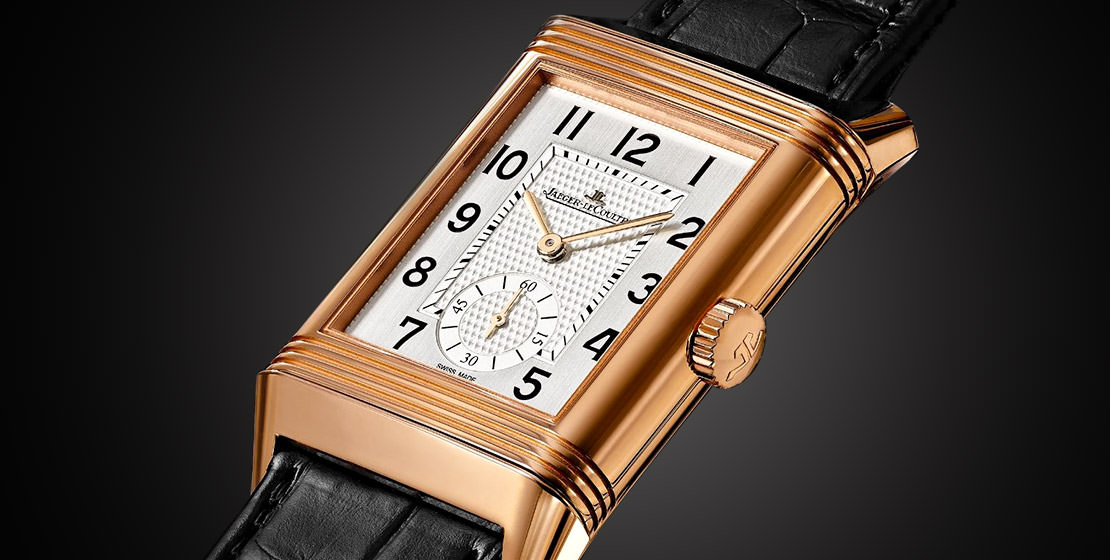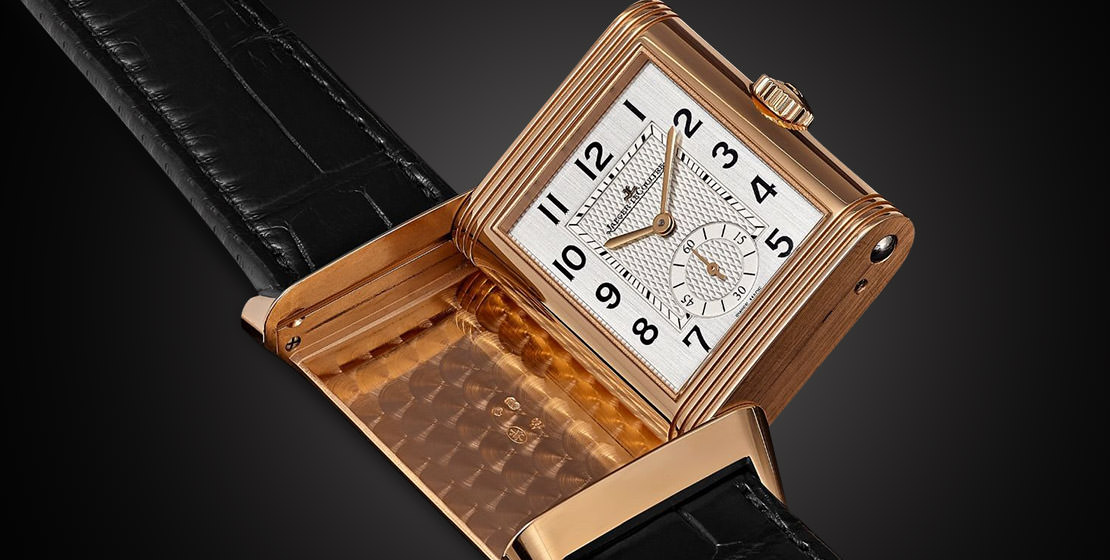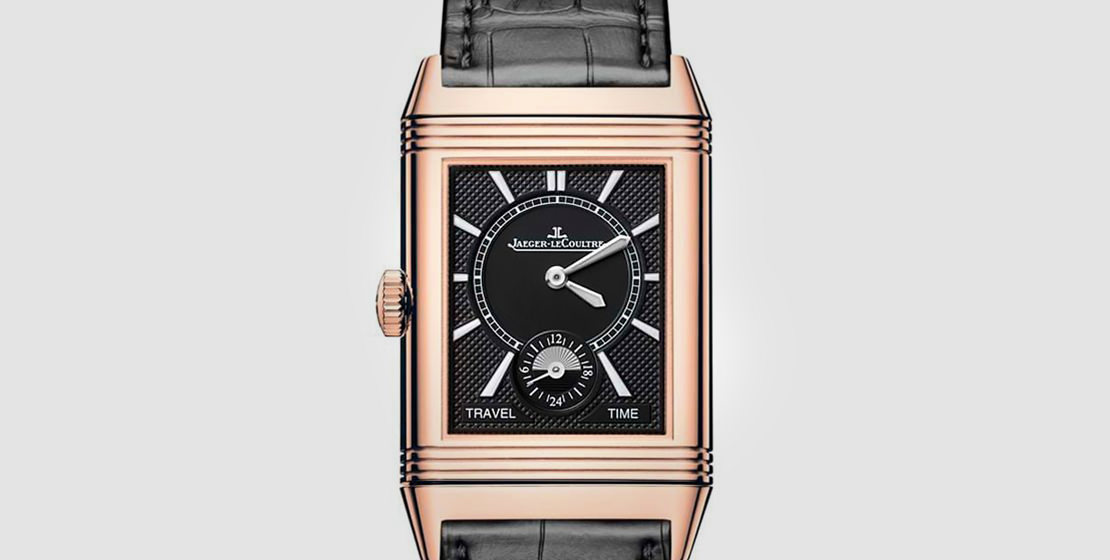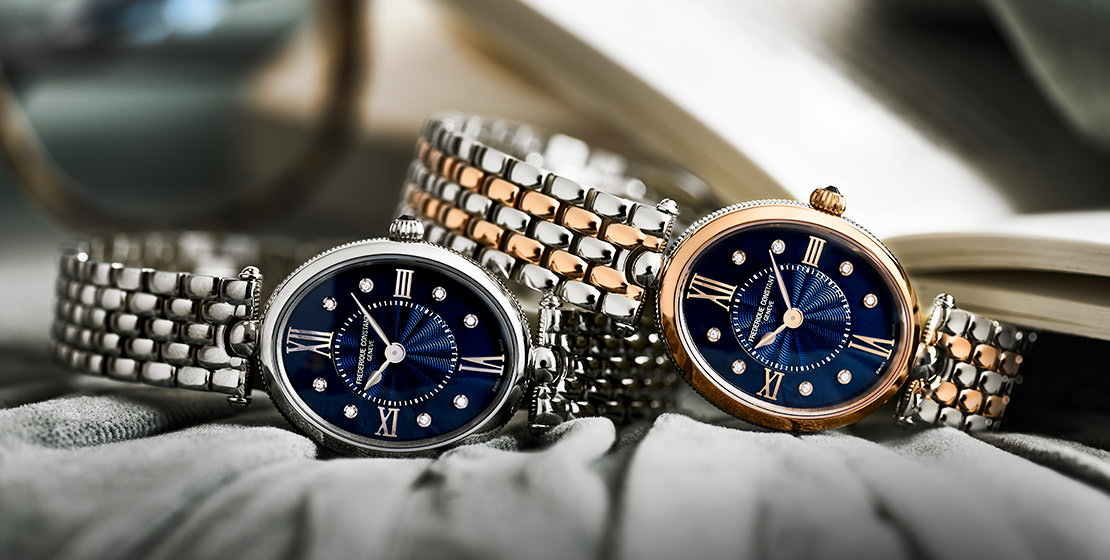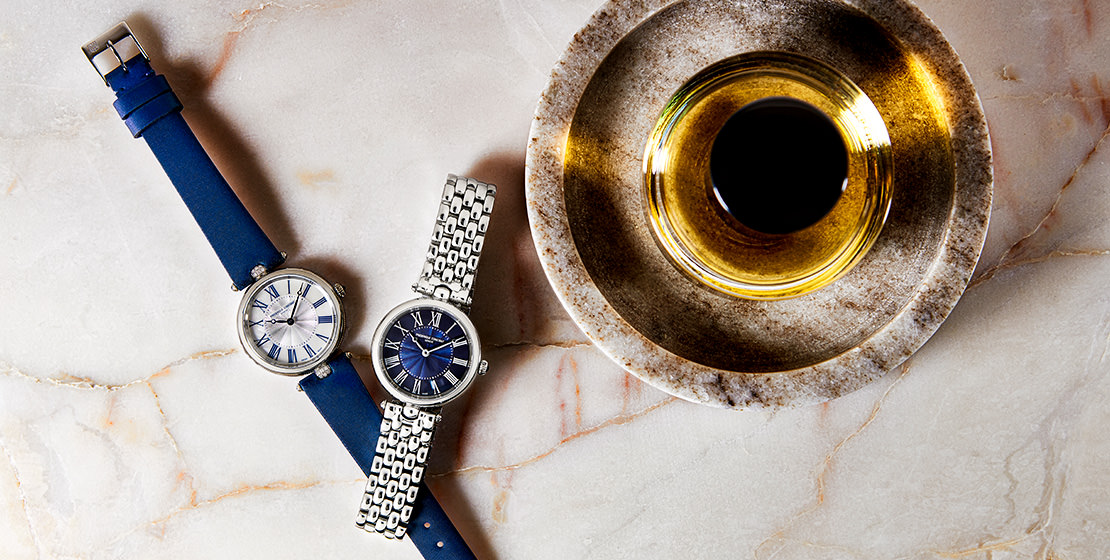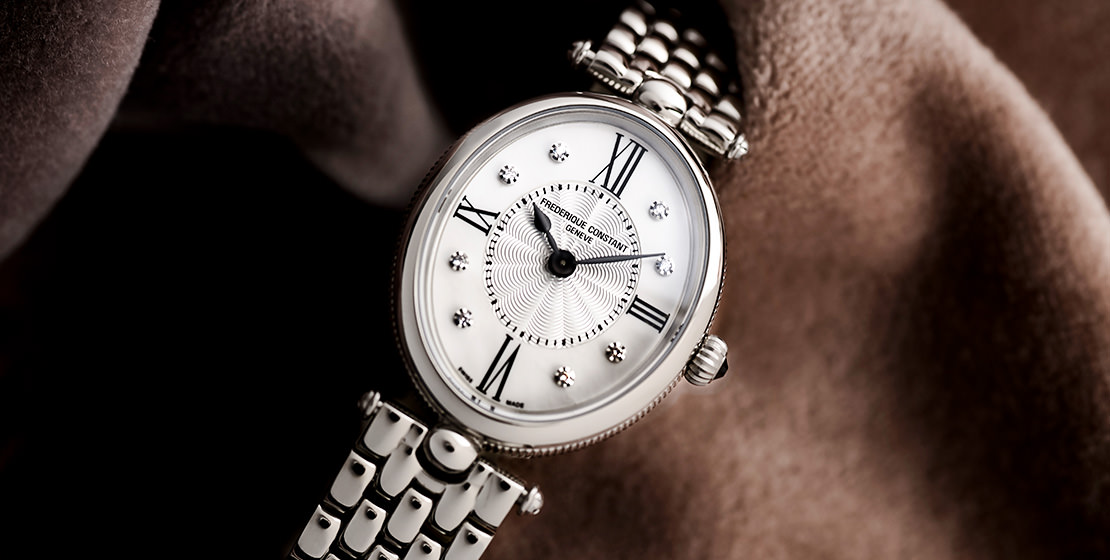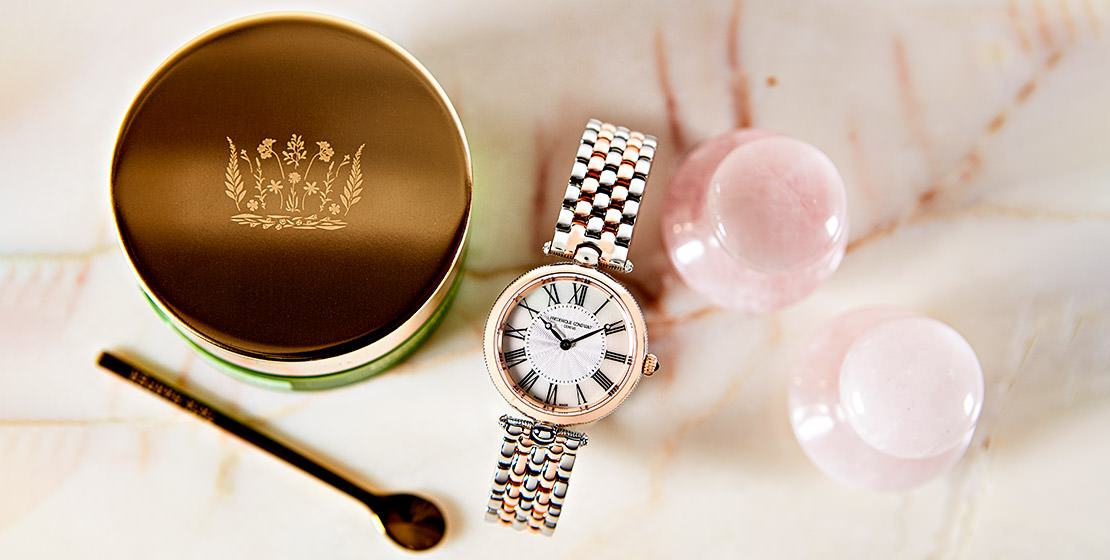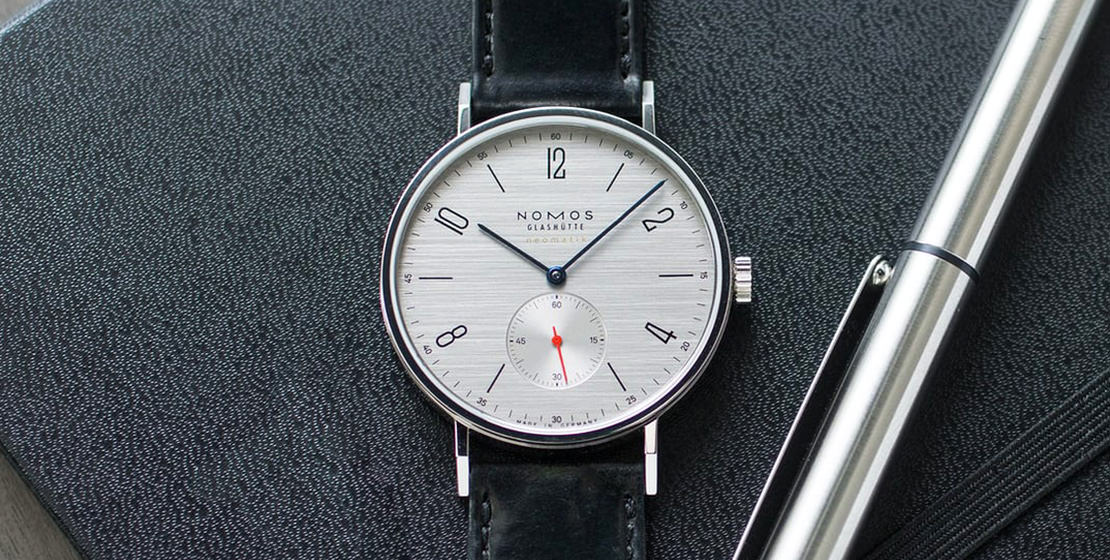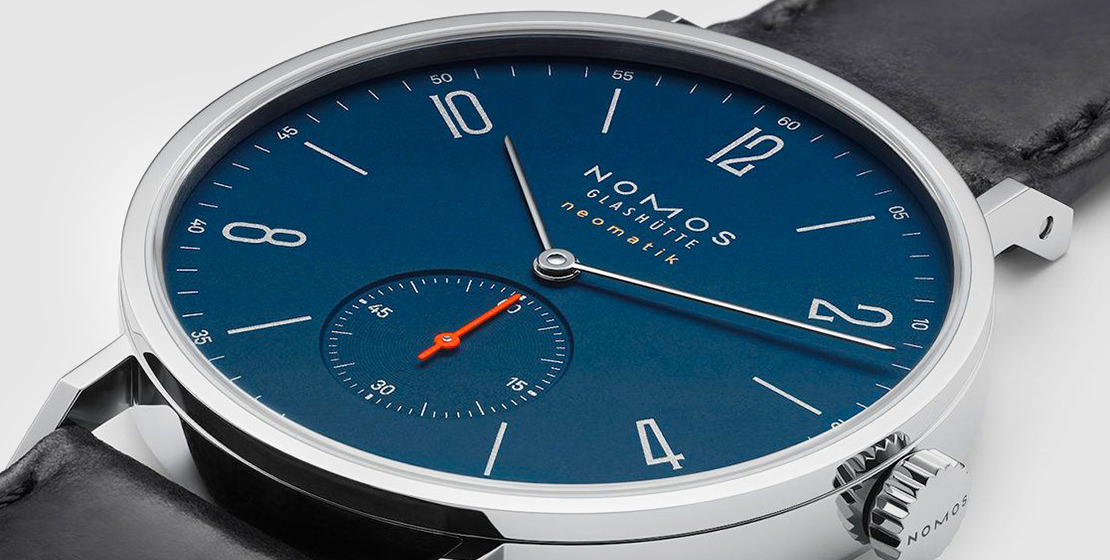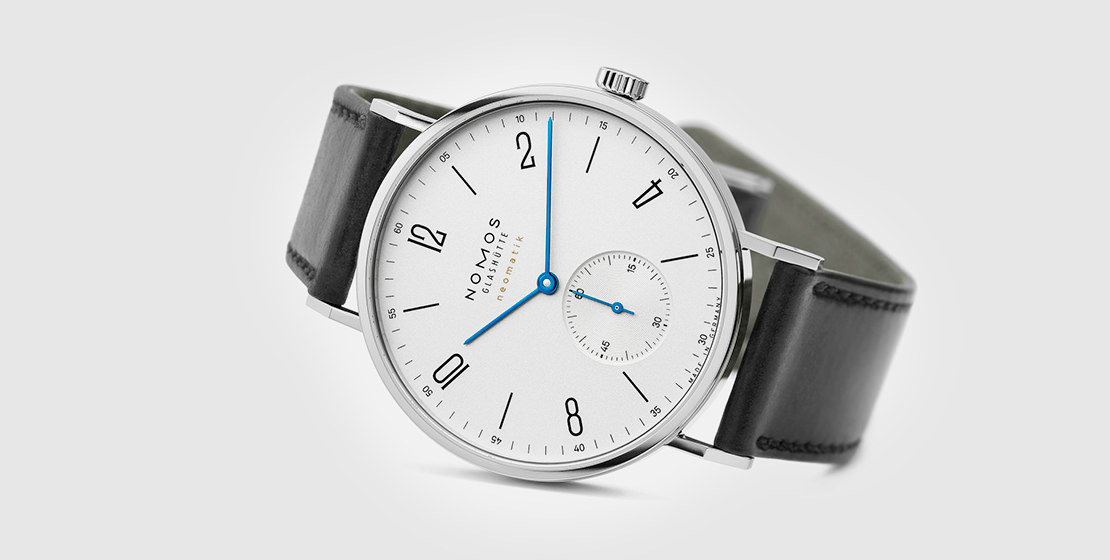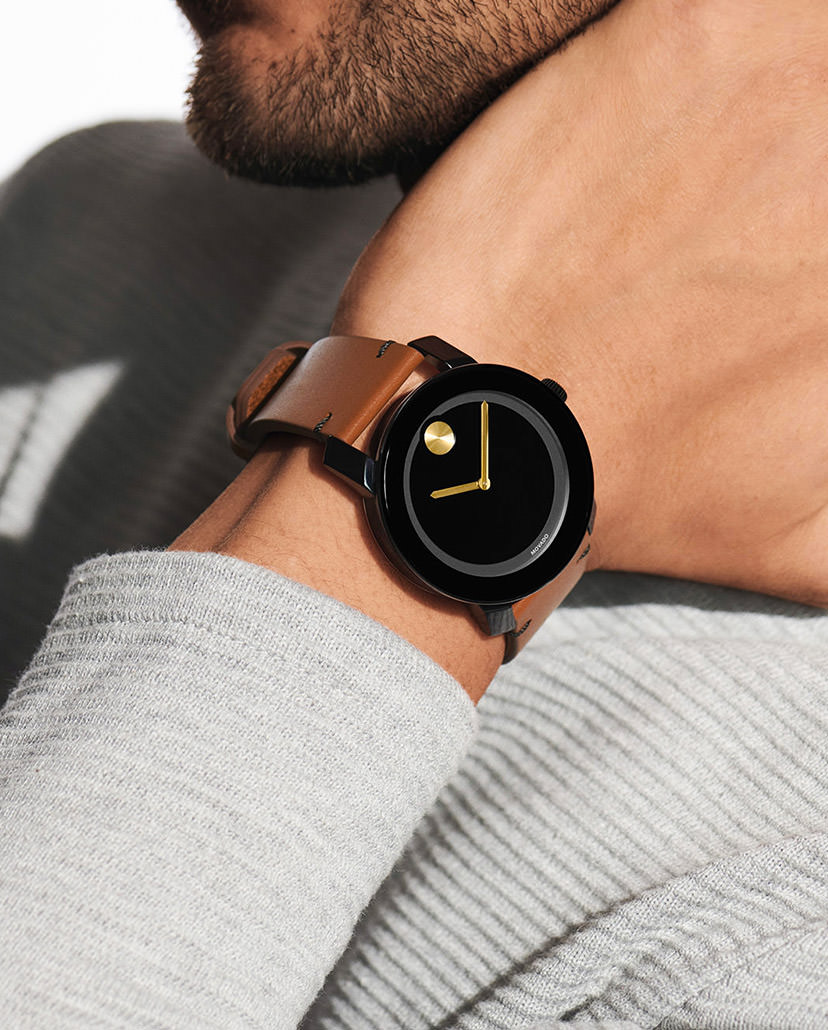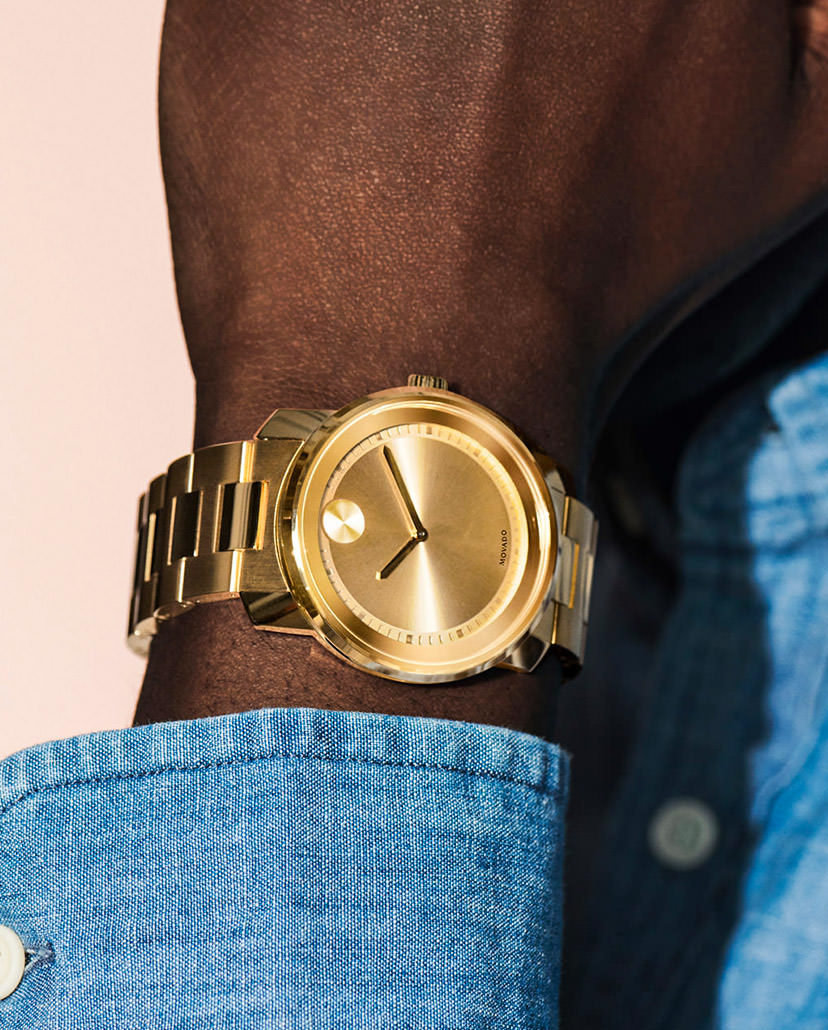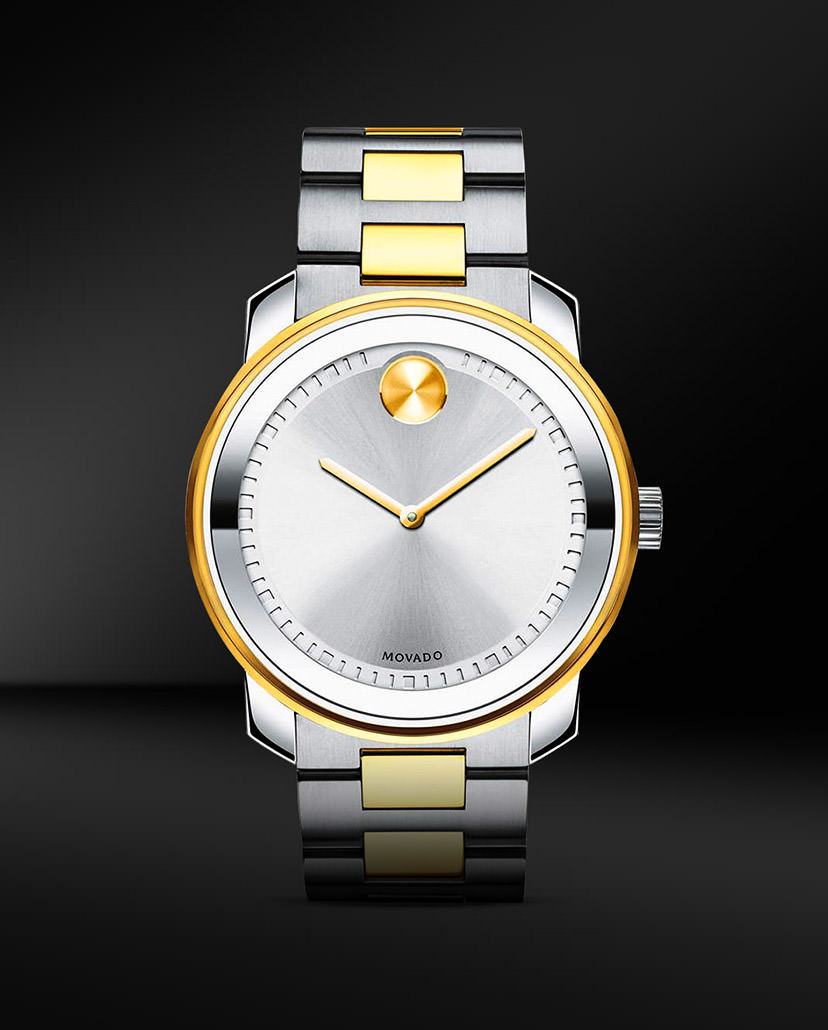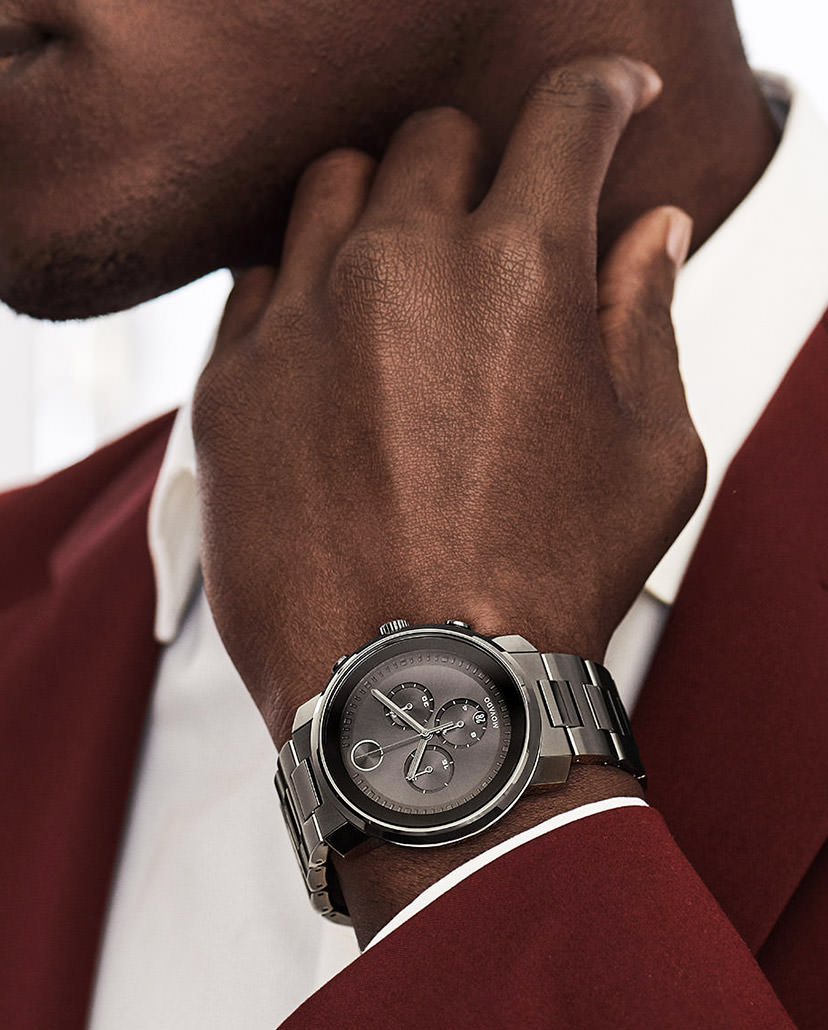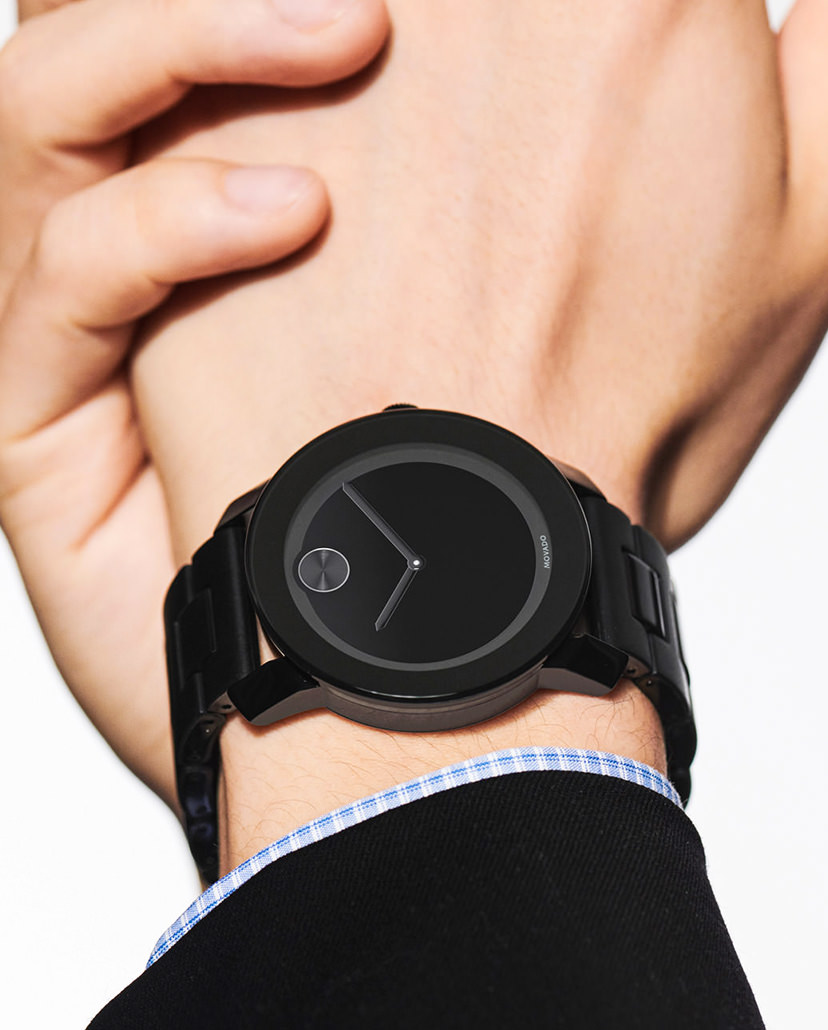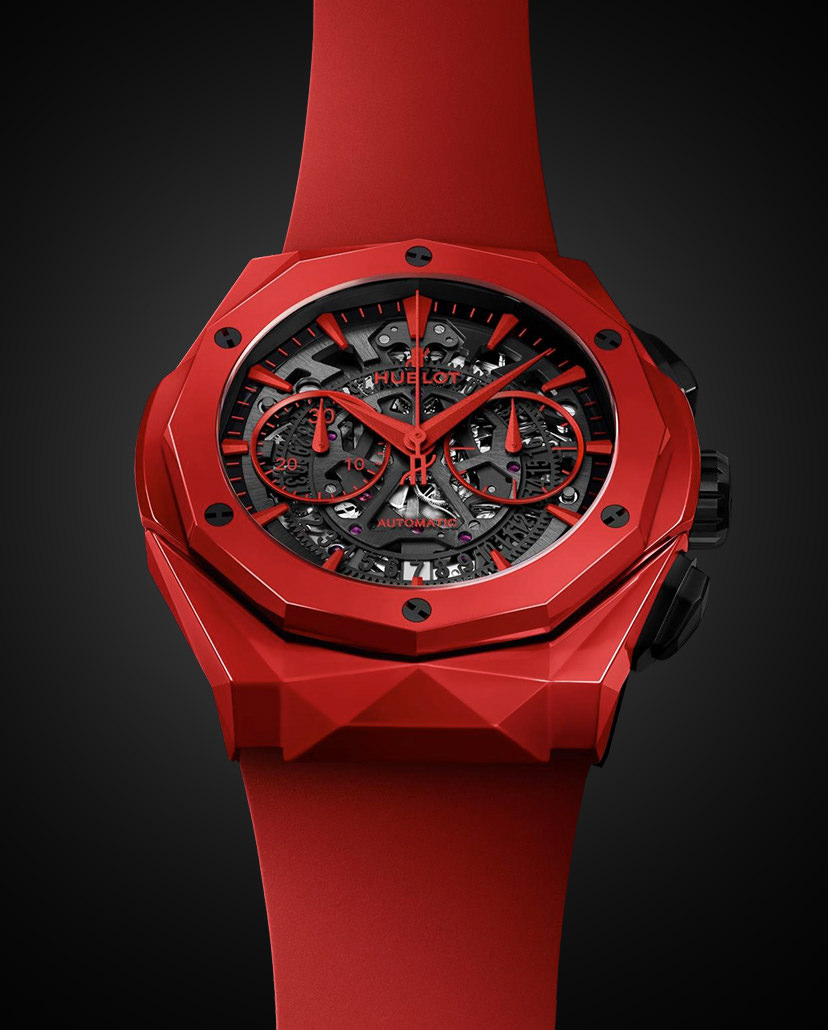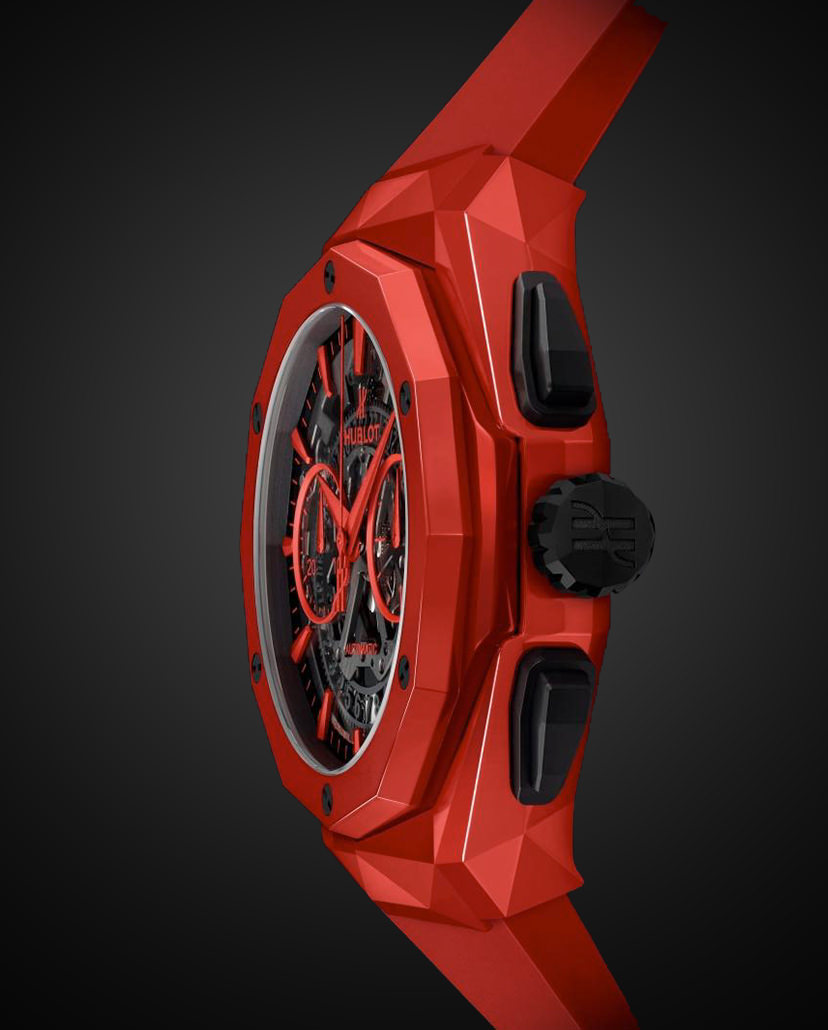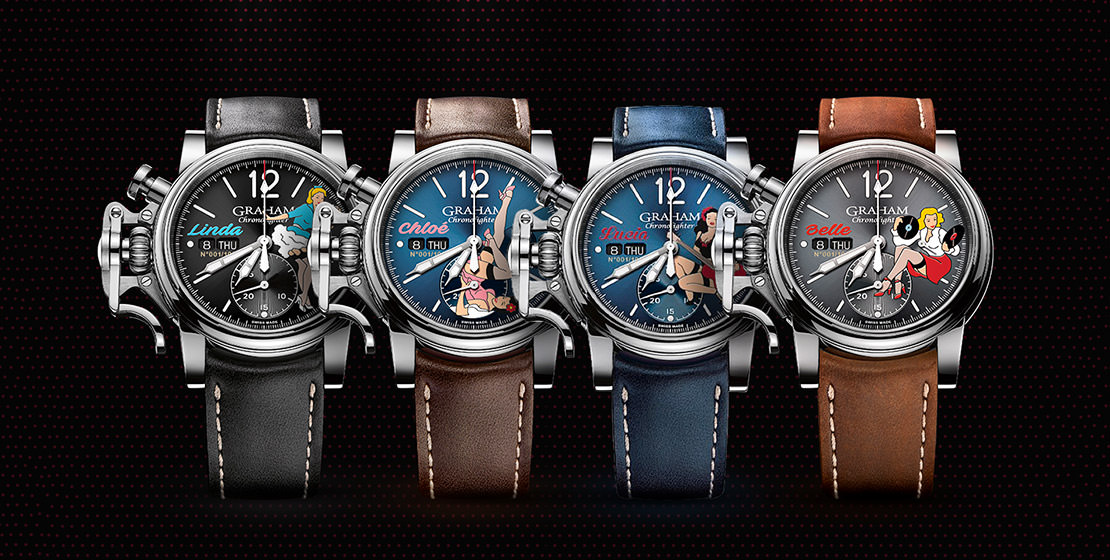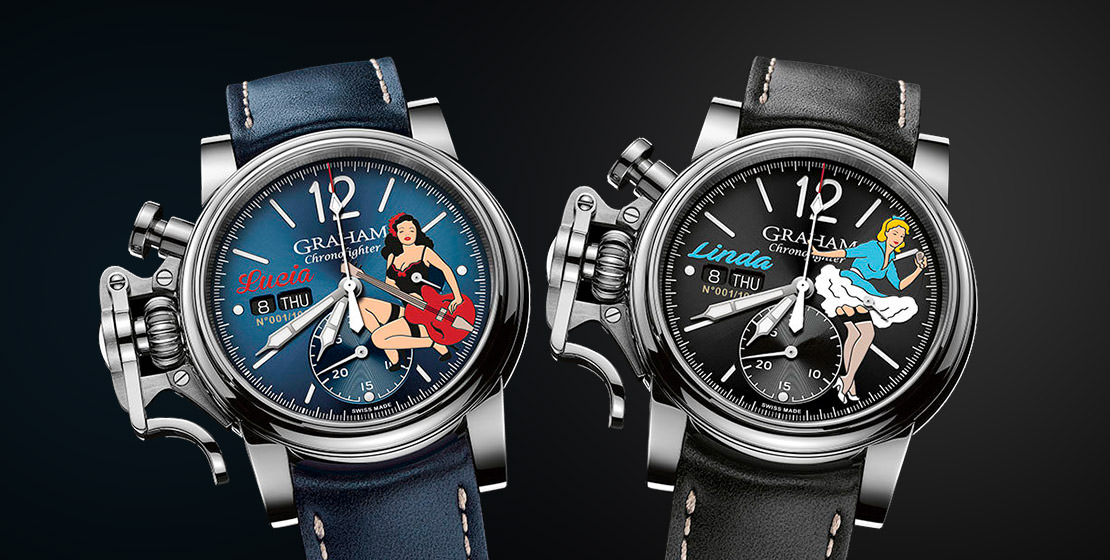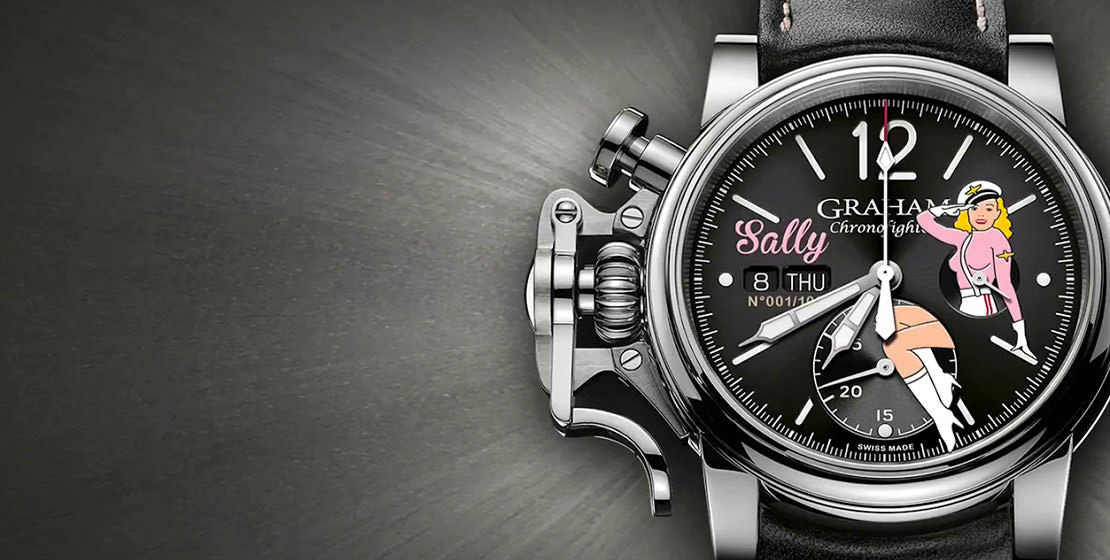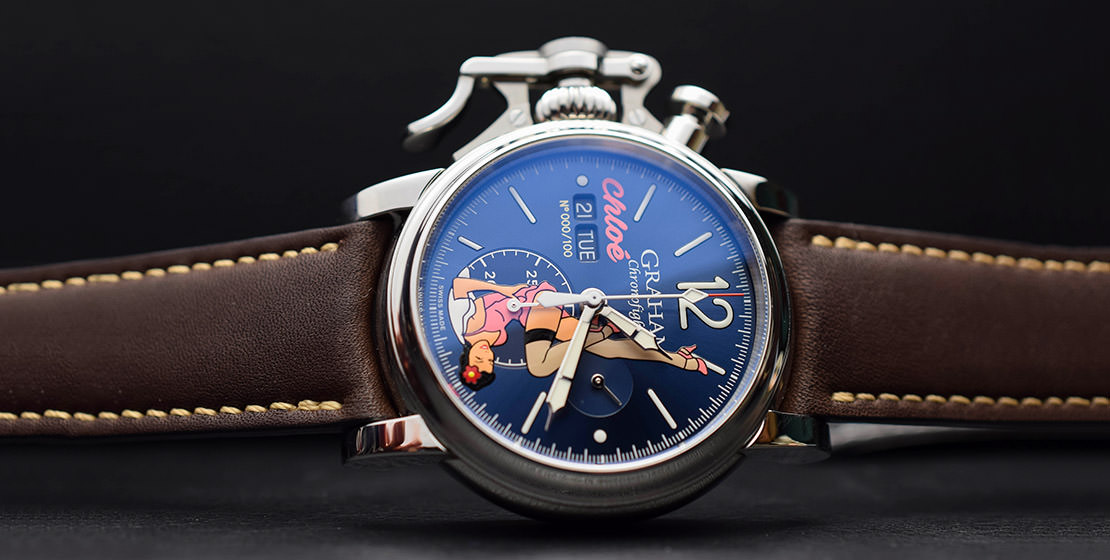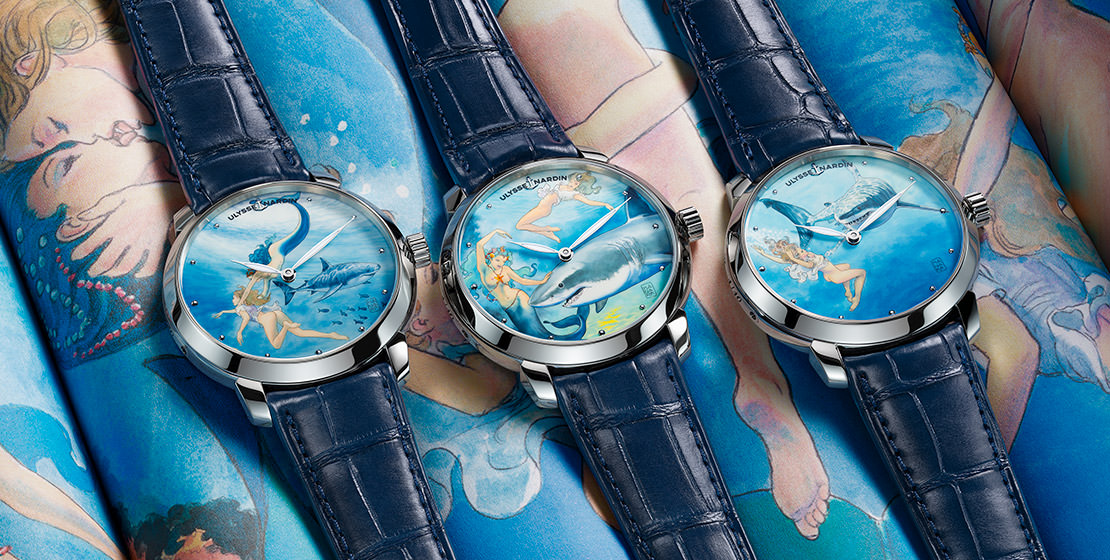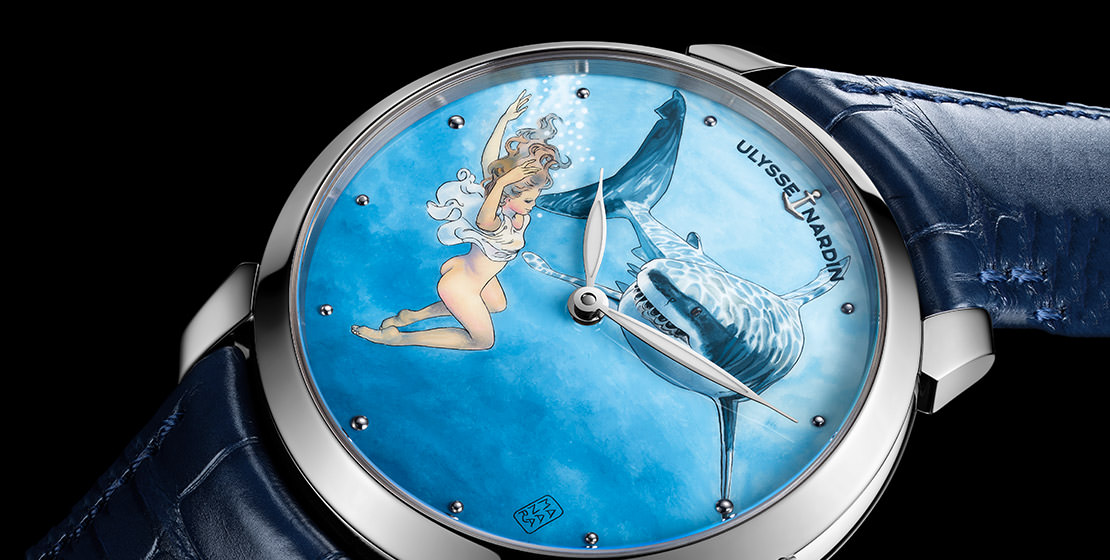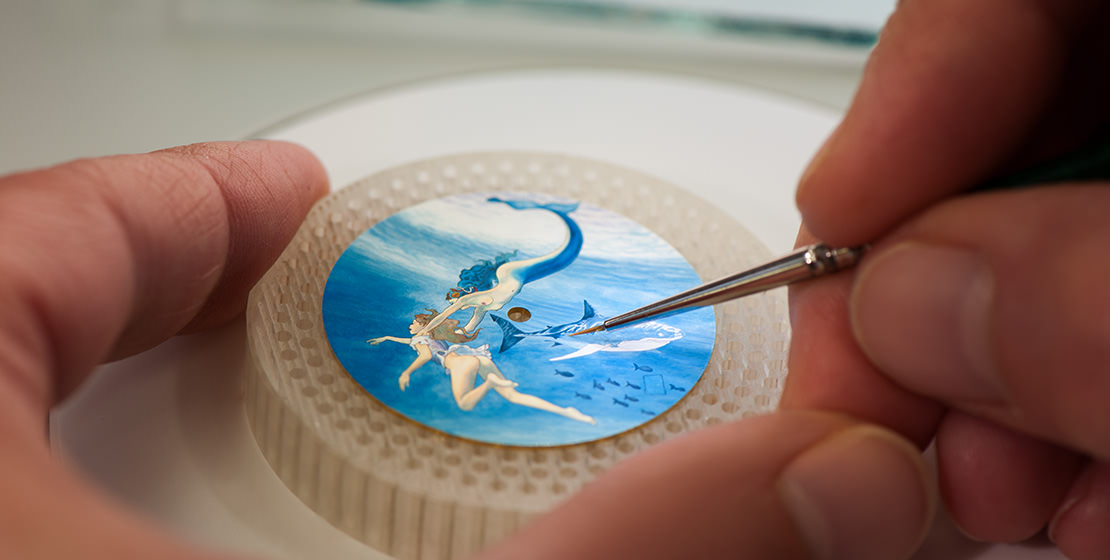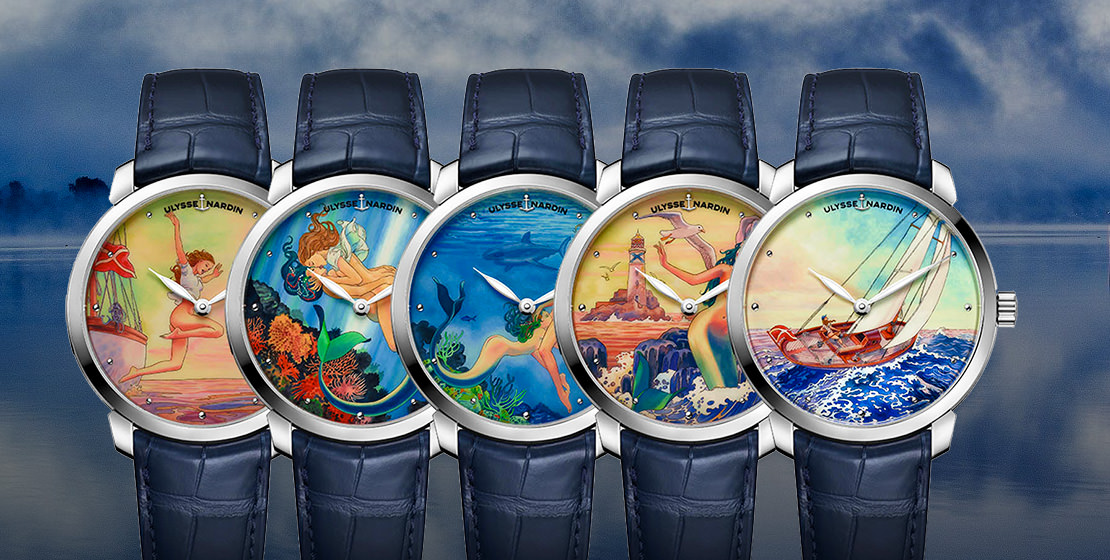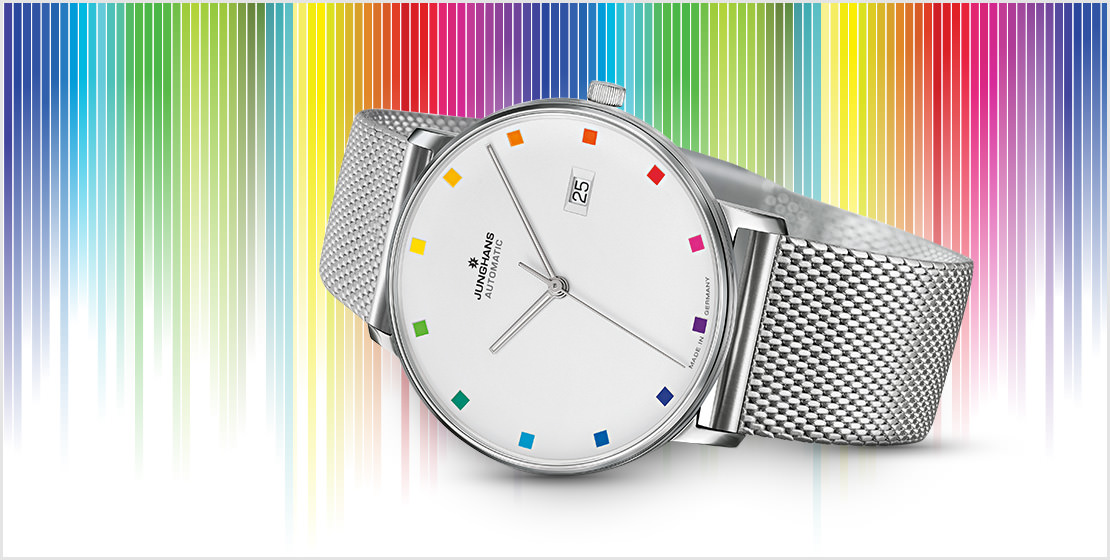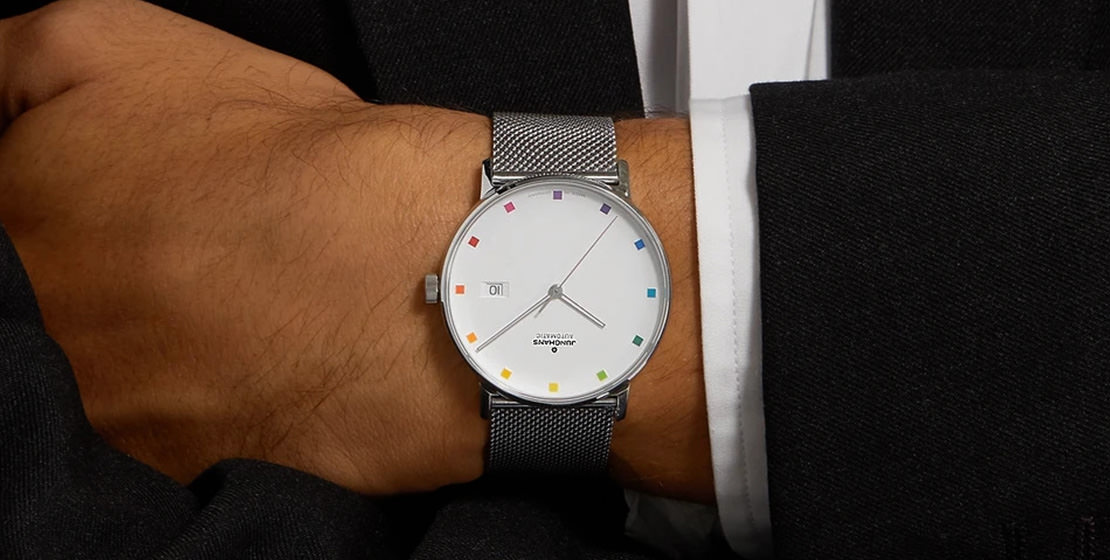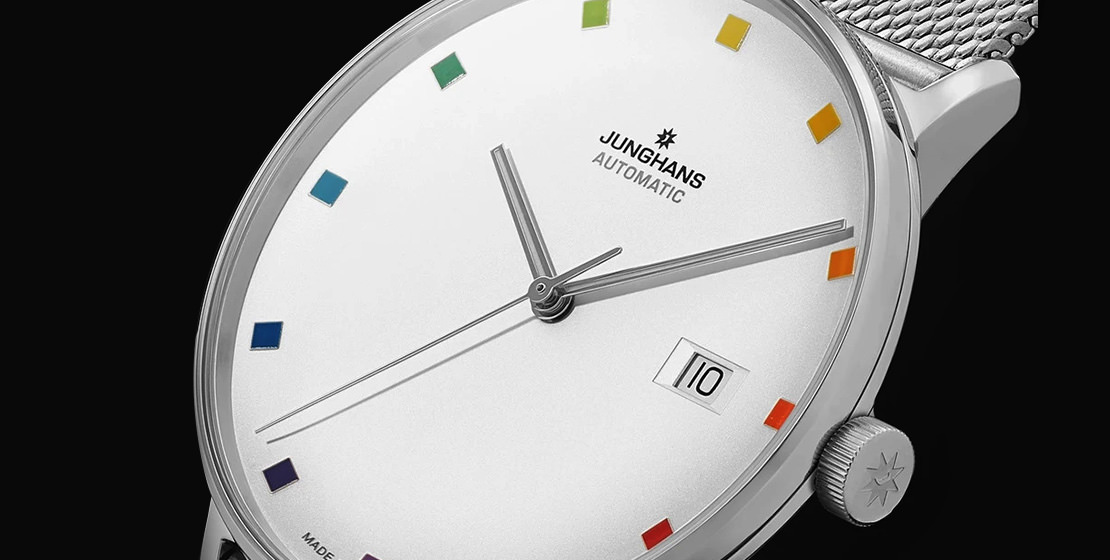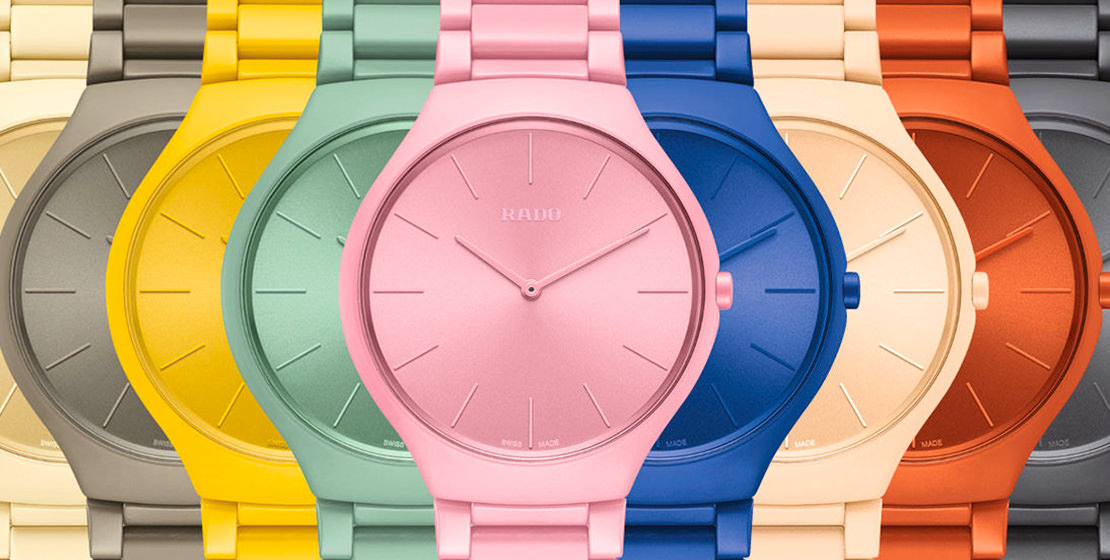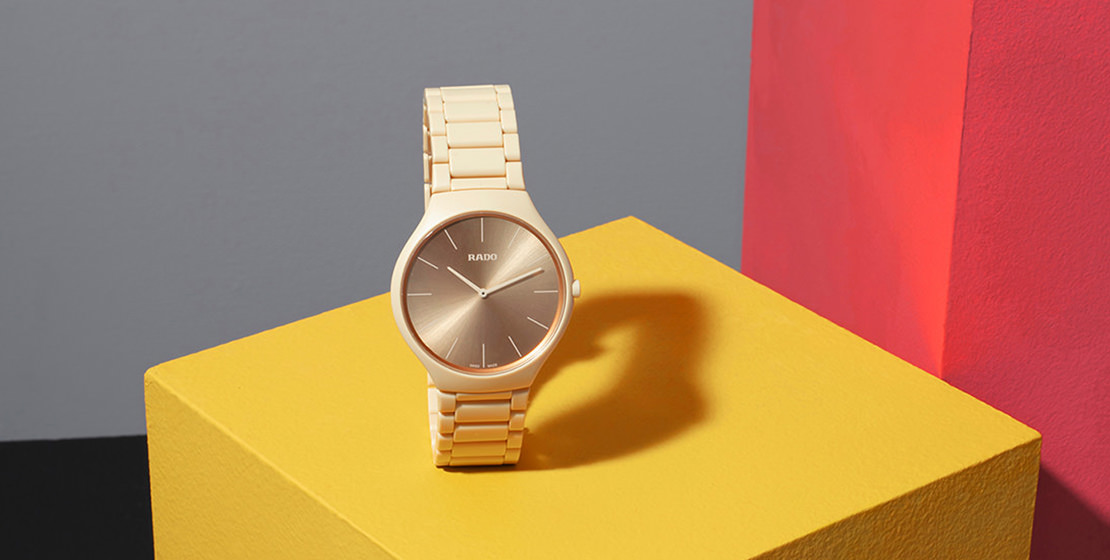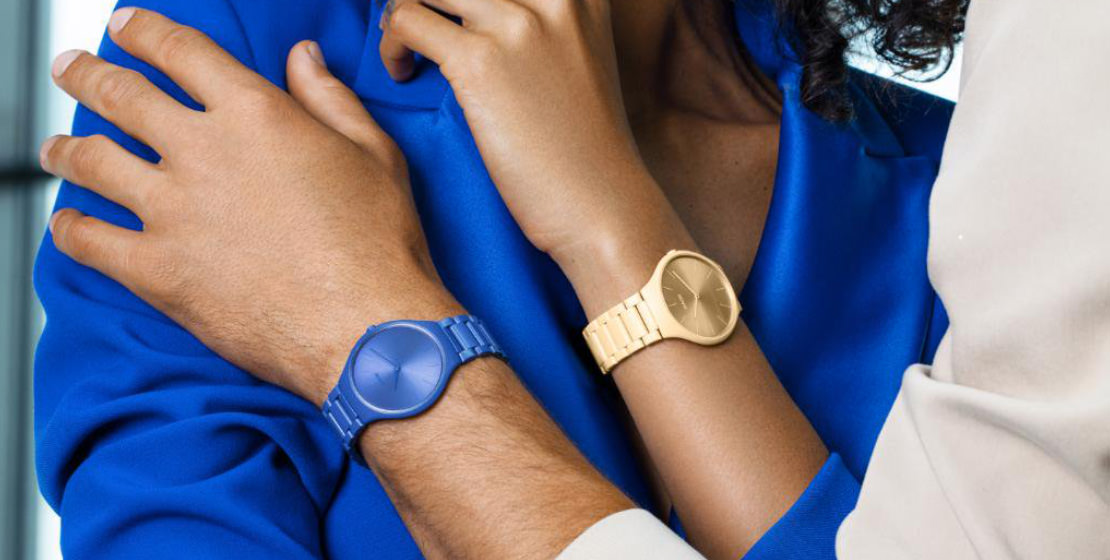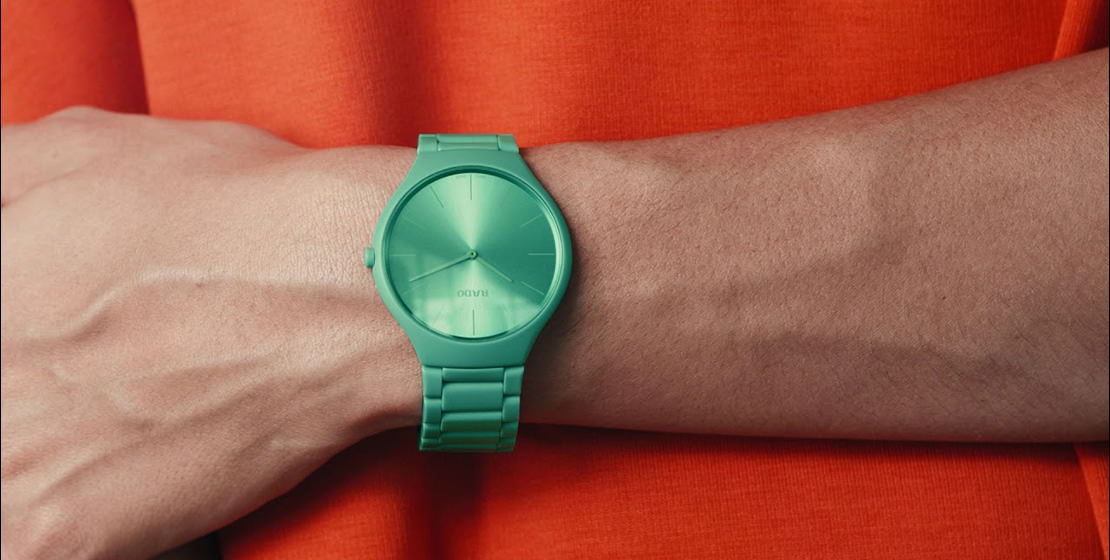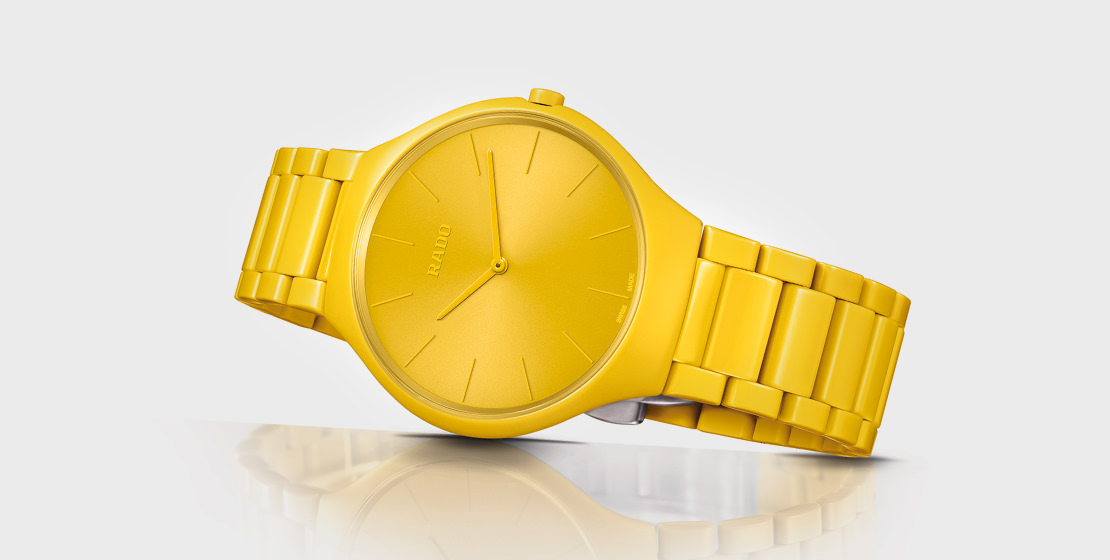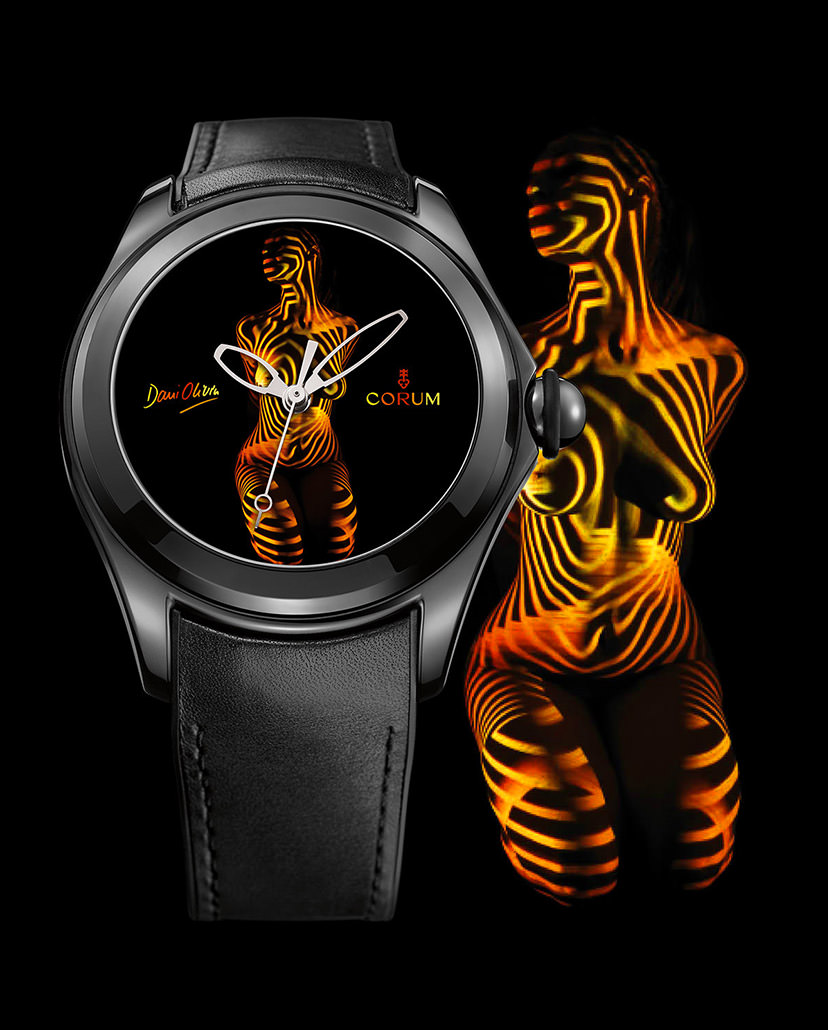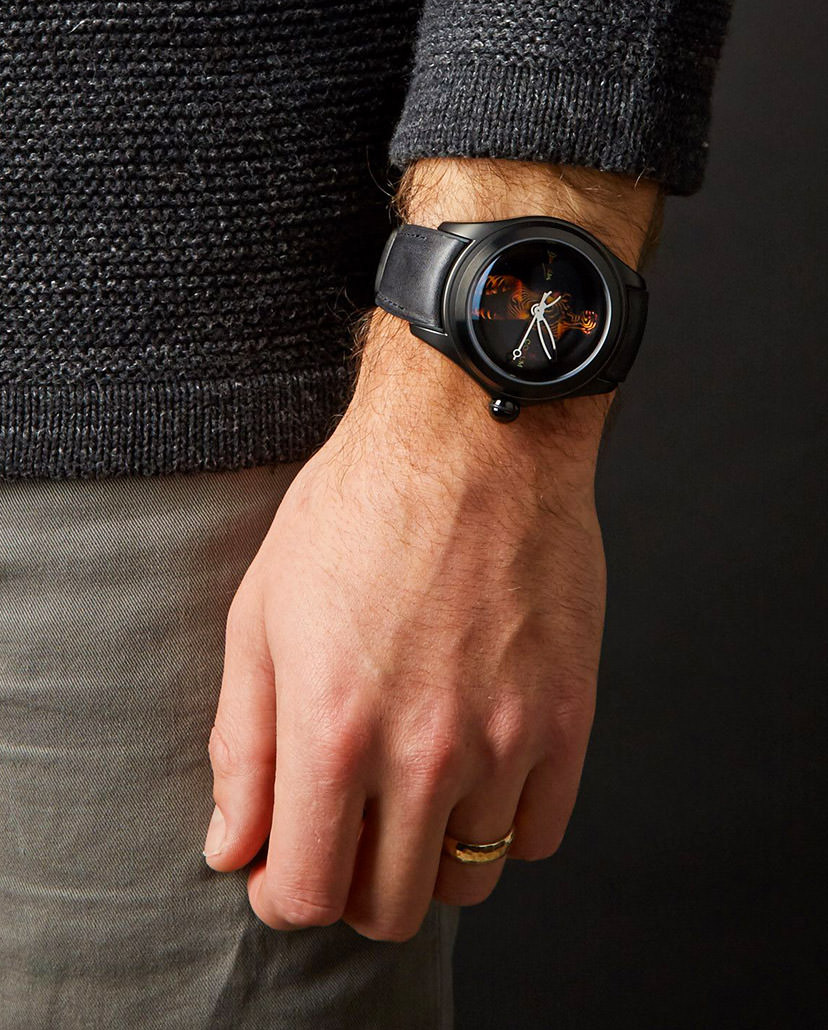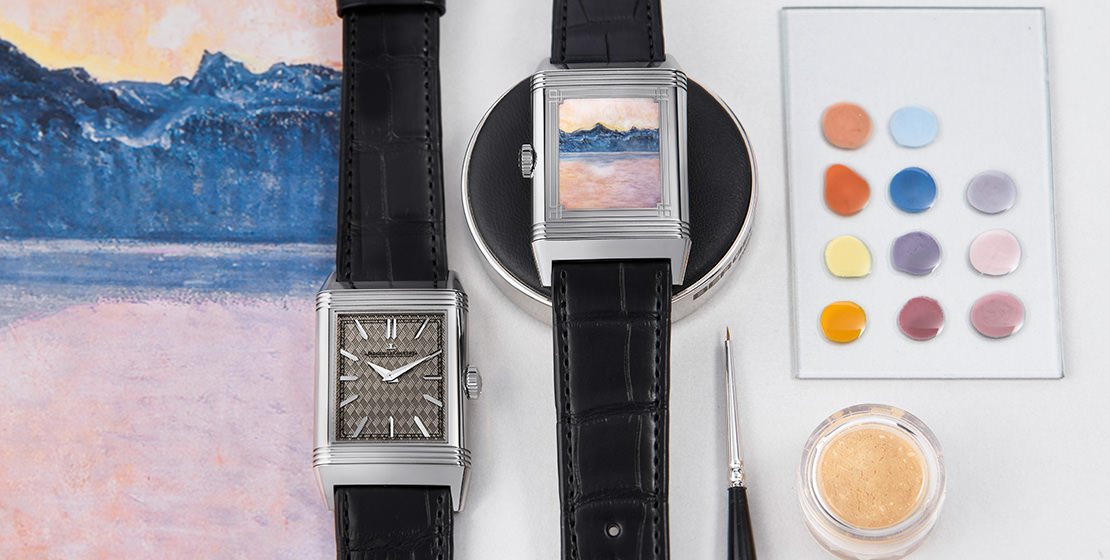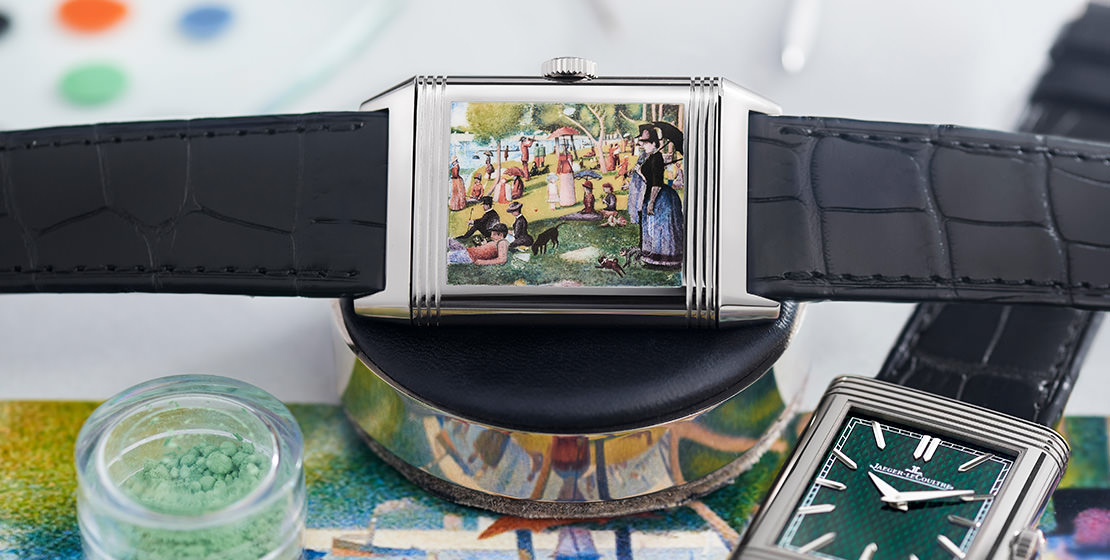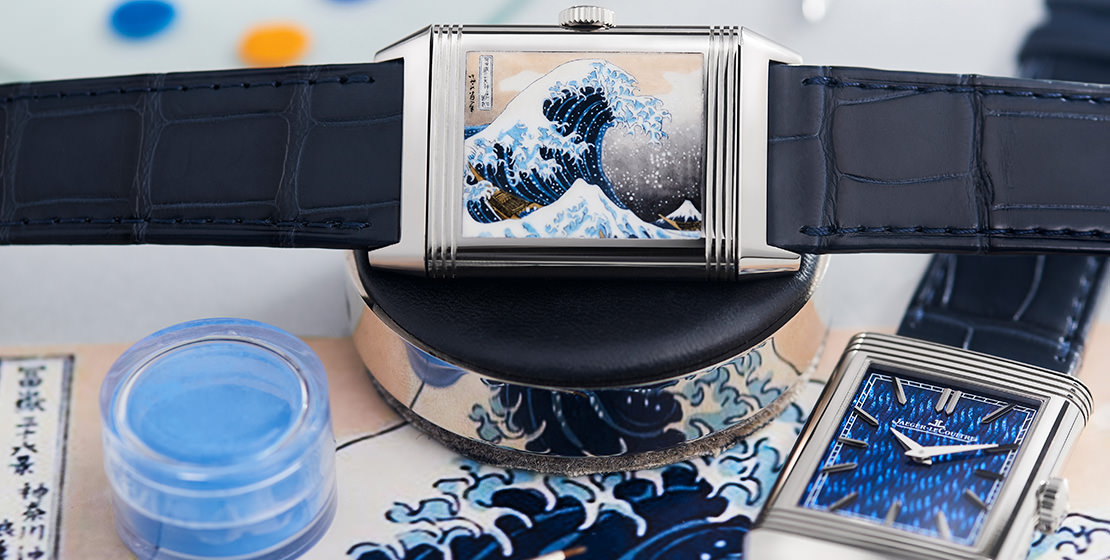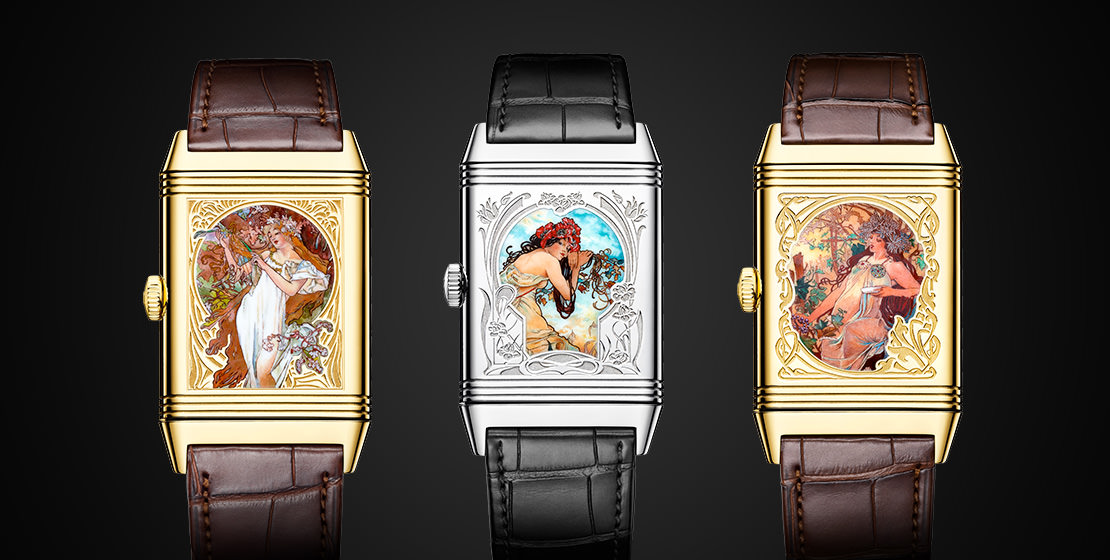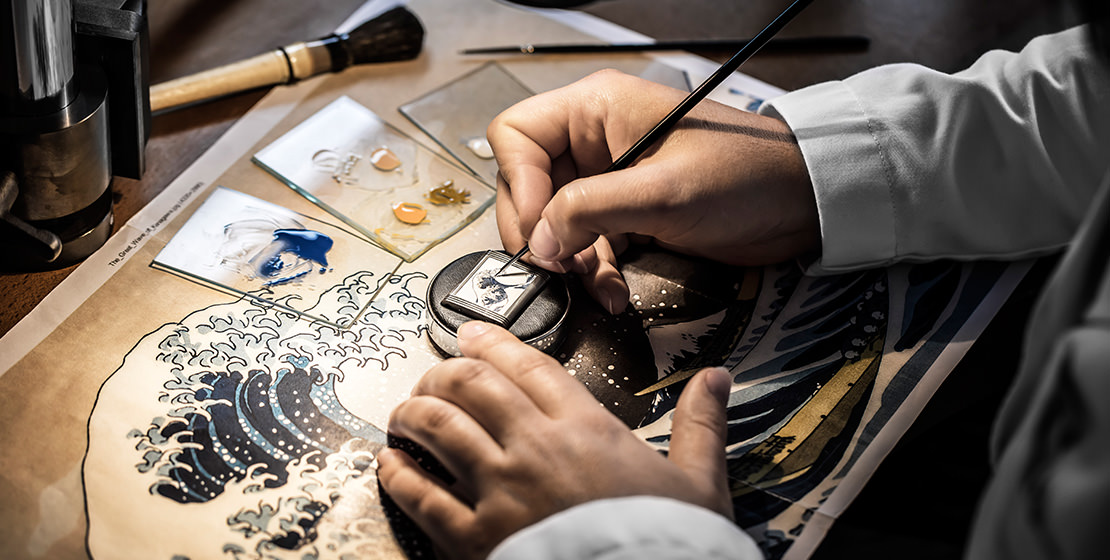FeatureEvery Dial A Canvas—When The Worlds Of Horology And Art Collide
The world of art has, time and again, been the watchmaker’s muse. We explore some watches that are nothing short of canvases in their own right, depicting colour, depth and beauty, and whose design evokes awe and wonder—giving us a glimpse of the artistic movements and techniques that have spurred the watchmakers behind them
May We Recommend
One cannot debate the importance of art. When COVID-19 first hit and everyone was told to strictly stay at home, what did we all turn to? Art. Whether it was watching movies, reading books, playing games or sketching doodles, all of us looked towards the art world, in some way or another, to give us a semblance of hope and sanity—and it delivered.
Looking at a painting hung on a wall, a sculpture in someone’s yard or even some graffiti on the street evokes powerful feelings in many. The art world has always represented freedom, candidness, honesty, and sometimes even rebellion. It was only natural for art to trickle into watchmaking—it’s not called ‘the art’ of watchmaking for nothing.
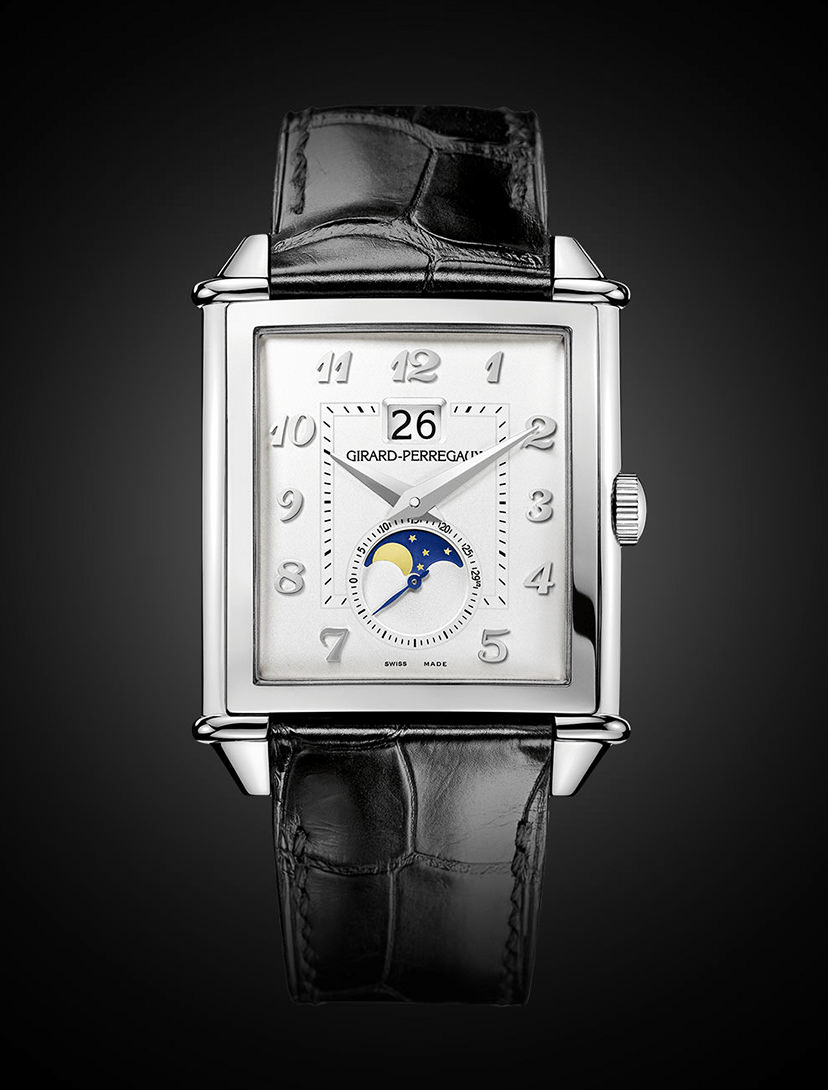
Here, we explore some art movements and artistic techniques and how their influence has trickled into watch design—creating some of the most beautiful watches the world has ever seen. Thanks to these exploratory and path-breaking art techniques, the watches themselves have become objets d’art that are worth coveting or aspiring to.
The Art Deco Movement: Vestiges Of Vintage Charm
Perhaps the biggest influence on watchmaking, the Art Deco movement originated in the 1920s, right after World War I (1914–18). It represented modernism and elegance through designs that were sleek and sophisticated rather than extravagant. Simplicity has been the keyword of the movement, and watchmakers have truly taken that to heart. Watches that have been influenced by this movement of symmetry and minimalism have certain common characteristics across the board—such as a functional design that looks effortlessly luxurious. The Girard-Perregaux Vintage 1945 XXL Large Date and Moon Phase timepiece pictured above is an excellent example of this. Its rectangular case, with slightly rounded edges, is emblematic of the symmetry that the Art Deco movement strives to uphold. The dial is clean and minimalist, with a moon phase indication at six o’clock housed within the small seconds sub-dial, along with a date indication at 12. Let us explore some other watches that are reflect the aesthetics of art deco design.
The Jaeger-LeCoultre Reverso Classic Large Duoface
No other watch better embodies the tenets of the Art Deco movement than the Jaeger-LeCoultre Reverso. In fact, the first Reverso was debuted in 1931, when the Art Deco scene was still fresh and vibrant. With a history steeped in the colonial era when British officers were stationed in India, the Reverso was created to provide polo players with a rugged watch that could take a beating. The design of the Reverso has been so admired that it has changed very little over the years. The Classic Large Duoface has the same rectangular case. Unlike its historical predecessor, this watch has a secondary dial that can be seen when one flips the case over. The 18-karat rose gold case, with its signature geometrical lines, is as opulent as it gets. However, it is still understated and subtle—which is the essence of everything art deco. The black leather strap simply adds to the minimalism, beautifully complementing the gold case.
Click here to read more about the Reverso’s history and art deco leanings
The Panerai Radiomir 1940 Acciaio

Panerai, best known for its sporty dive watches, takes inspiration from its own historical archives for this art deco-inspired piece. Back when Officine Panerai did not even exist, Giovanni Panerai, the founder of the brand, had a watchmaker’s shop in Florence, which was later moved to its current location and named Orologeria Svizzera. Not only did the shop sell and repair pocket watches, but also pendulum clocks along with table clocks. According to the brand, it is the dial of such a pendulum clock from the 1940s that inspired the dial of the Radiomir 1940 Acciaio (acciaio is Itaian for ‘steel’). The beefy 47mm case houses a very vintage-looking dial. The black dial’s retro guise is quite different from Panerai’s standard look, despite the iconic cushion-shaped case! The beige Arabic numerals, etched inside a railway track denoting minutes, have an antiquated font. Spear-shaped hands, another departure from Panerai’s design scheme, point to the time. The brown leather strap melds with the overall vintage theme beautifully.
The Frederique Constant Art Déco Collection
Frederique Constant did not leave the ladies behind when it comes to showing off some artsy vintage vibes. The many iterations of the brand’s Art Déco collection embody vintage inspirations with élan. All watches in the collection, both with round and oval stainless steel cases, house ethereal mother-of-pearl dials in stark white or gorgeous blue, with guilloche finishes at their centre—a testament to superior craftsmanship. While the round variants have Roman numerals on the dial indicating hours, the oval editions are luxurious with Roman numerals at the three, six, nine and 12 o’clock positions, and eight set diamonds denoting the rest of the hours. What sets this collection apart is Frederique Constant’s fervour for accessible luxury, which makes these watches luxe, without pinching the pocket.
If you’d like to read more about the Frederique Constant Art Déco Round collection, follow this link. Interested to discover more about the Art Deco movement and its influence on watchmaking? Click here
Bauhaus: The Philosophy Of Minimal Design
Bauhaus (German for ‘building house’) design is emblematic of simple, almost austere design schemes where less is more, and where form follows function. It was pushed from theory to practice in Weimar, Germany, through the Bauhaus school of art from 1919 to 1925, founded by a man named Walter Gropius. As an educational institution, the Bauhaus art school was still present in Germany till 1933, existing in Dessau and Berlin after Weimar. This movement, representative of modern, avant-garde and minimalist art, dominated the artistic landscape during the 1920s and 30s. The art schools closed due to mounting pressure by the Nazis and financial strains, but Bauhaus theories of art and design still have many followers even today. Here we explore two watch collections that epitomise Bauhaus like no other.
The Nomos Tangente
Touted by Nomos themselves as ‘the classic Bauhaus watch’, the Tangente collection—among the first watches to be launched by the brand—redefines the meaning of minimalism. With a straightforward design that’s clean and harmonious, these round watches have been bestsellers for over 25 years and have also won several watchmaking accolades. Elegant and sophisticated while also being extremely subtle, almost to a fault we’d say, the Nomos collection directs your attention to the wrist softly yet resolutely. We’ve chosen to present three members of the Neomatik 39—slightly larger variants in the collection. All editions are presented on Horween Genuine Shell Cordovan black leather straps that keep it simple and elegant.
The Movado Bold
A brand famed for its contemporary design language, Movado has always been associated with the world of art. Within its DNA is the Bauhaus code, giving all Movado watches a streamlined look that’s hard to match. The most notable offering from this Swiss brand has been the iconic Museum dial watch, which was first designed in 1947. American designer Nathan George Horwitt created a simple and traditional watch that involved the use of a singular design element that, today, has become Movado’s signature—a circle at 12 o’clock that represents the sun at its strongest, at noon. The Museum watch was named after the fact that, in 1959, the watch was selected by New York’s Museum of Modern Art for its permanent collection. Movado took this minimalist legacy forward with the Movado Bold collection. Giving precedence to form, the Movado Bold timepieces have the same uncluttered and restrained aesthetic—a breath of fresh air from the chaos we see on certain dials with their many functions that one seldom uses. Representing Bauhaus, without compromising on style, the Movado Bold collection is for those who swear by simplicity and minimalism.
You can read more about the Movado Bold collection by clicking here
Pop Art: A Colourful Confrontation Of The Norm
The Pop Art movement was established in the 1950s as an act of defiance towards classical, and often elitist, art. It focused on forms that were frowned upon by intellectuals and artists—comic books, movies and advertising, among others. It garnered attention and prevalence, as pop art is meant to entertain, often using low-cost materials. Evocative and in-your-face, pop art uses bright colours and repetitive patterns to catch your eye.
The Hublot Big Bang One Click Marc Ferrero
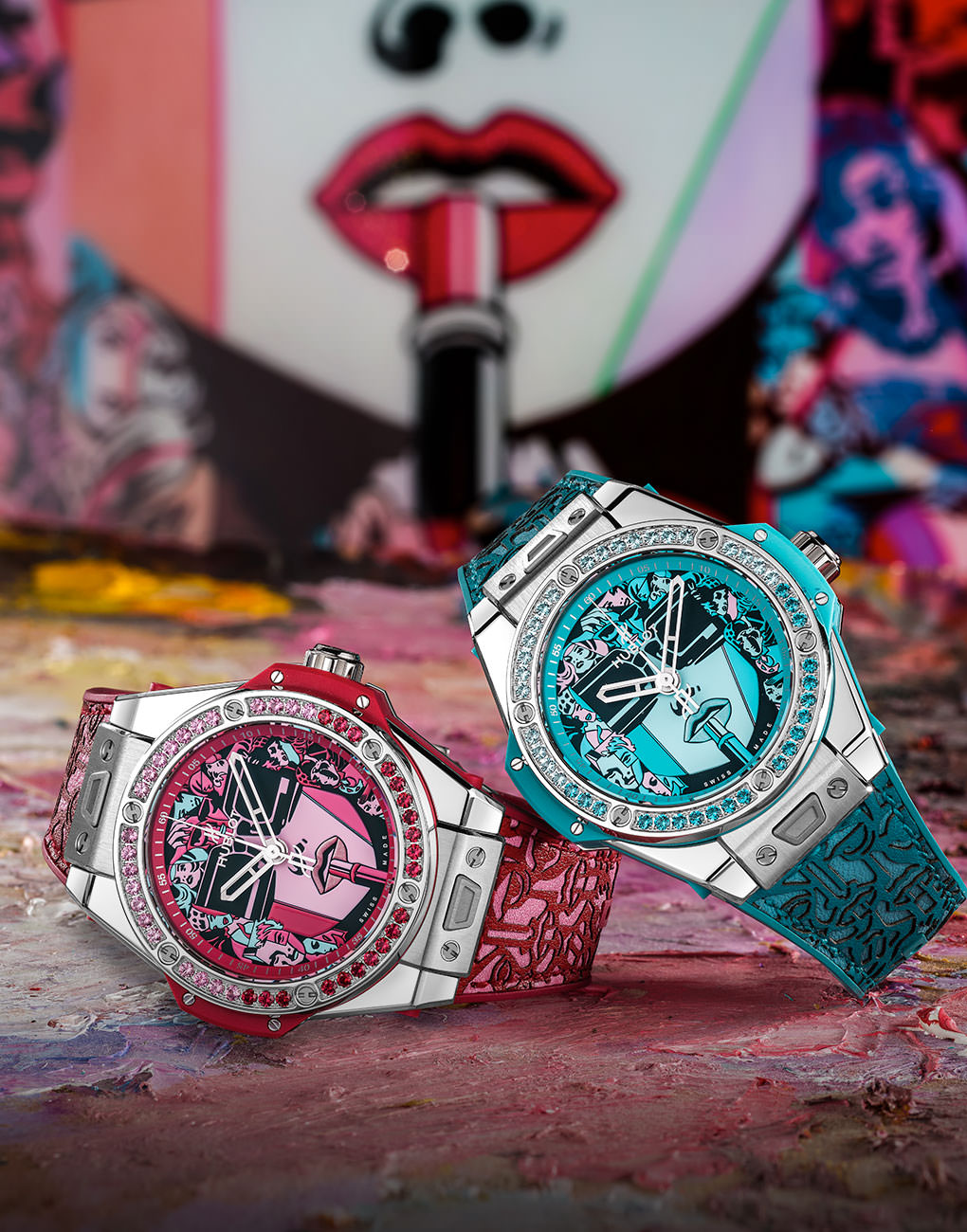
Another homage to bold design language and the brand’s affinity towards the art world, Hublot collaborated with renowned French artist Marc Ferrero for the Big Bang One Click Marc Ferrero watches. Marc Ferrero is a contemporary painter famous for his use of graphic arts, predominantly from the 70s, to tell a story. This time around, the brand created a watch to grace the wrists of the multifaceted women of the 21st century. According to the brand, every woman is a true heroine in her own world. She is a ‘wife, mother, friend, lover, businesswoman, femme fatale, fashion icon or night owl. For every hour of the day, the modern woman sets herself apart as unpredictable, multifaceted and unique’. The two watches emanating from this collaboration feature Marc Ferrero’s iconic work ‘Lipstick’ on the dial—where Ferrero’s muse is unabashed, with her oversized dark glasses, raw femininity, and lipstick in her hand, unapologetically painting her lips. Available in two colour schemes of pink and turquoise, the watches’ bezels are bedazzled with 42 red spinels or blue topazes respectively. Each version, in 39mm steel, is a 50-piece edition.
To read more about the Hublot Big Bang One Click Marc Ferrero, click here
The Hublot Aerofusion Chronograph Orlinski Red Ceramic
Another contemporary French artist that wields the weapon of pop art has collaborated with Hublot to design numerous timepieces that draw your attention to the wrist—Richard Orlinski. In this particular edition, Orlinski uses vintage as well as neo-futurist styles, along with pop art, for that ultimate ‘pop’ of colour. We’ve chosen to present this polished red ceramic offering since it’s definitely the boldest and wildest among his horologically-inclined creations. The Hublot Aerofusion Chronograph Orlinski Red Ceramic has been designed with a faceted case—which gives it a three-dimensional, futuristic look. The dodecagonal bezel stands out, with its six titanium screws giving it a rugged guise. You can see the inner workings of the watch (the HUB1155 self-winding chronograph movement) through the skeleton dial, which sports red highlights. A red rubber strap attached to the case gives the watch a monochromatic appeal that really gets the heart racing.
You can read more about the ‘Hublot X Richard Orlinski’ collaboration by clicking here
The Graham Chronofighter Nose Art Collection
World War II was a period of extreme violence, cruelty and terror. Yet, it is in such situations that the best of humanity emerges as well, in inspiration and heroism, as a counter-balance to the darkness. The visual of aerial daredevils performing manoeuvres in their fighter planes is one we all know, as is the incredible art found on the noses of these planes. Ranging from sharks to pin-up girls, this nose art acted as a morale booster and a subtle reminder of humanity in the midst of horror. Graham has paid homage to this intriguing little chapter of art and aviation history by featuring hand-drawn pin-up girls on the dial of their aviation-inspired Chronofighter watches. The collection, limited to 100 pieces, is otherwise understated and utilitarian, allowing for the girls to revel in the spotlight, much like the planes that inspired them. The Chronofighter collection’s iconic ‘trigger’ remains here, giving the watches a distinctive look.
To get more details on the Graham Chronofighter Nose Art collection, follow this link
The TAG Heuer Formula One Alec Monopoly
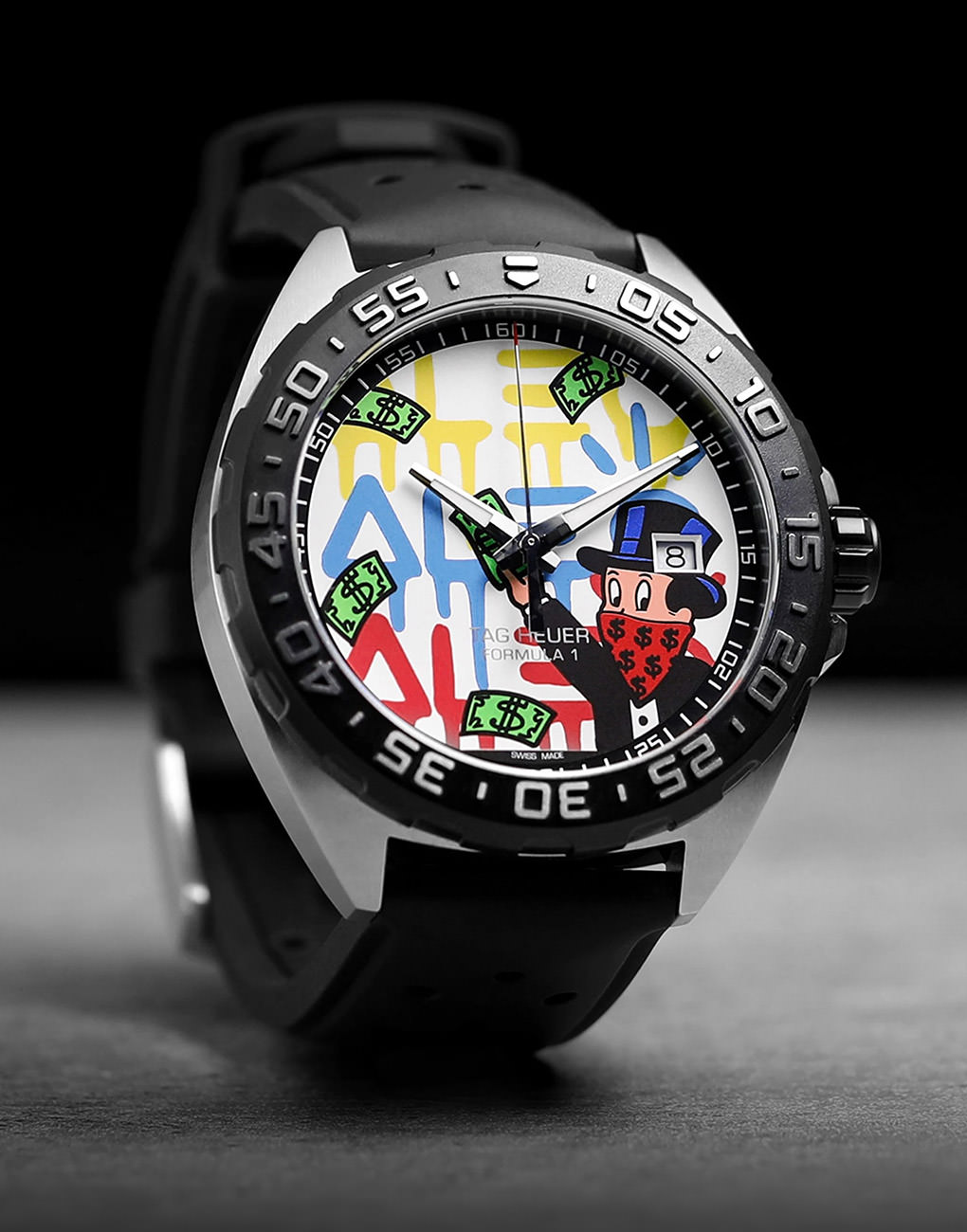
Long frowned upon by art critics all over the world, street art is perhaps the best form of contemporary art there is. While it originated as a form of vandalism through graffiti, street art has evolved into an art form that constantly challenges the status quo and pushes the envelope. Alec Andon, a street artist from New York, transformed himself into ‘Alec Monopoly’ through his use of the Hasbro’s Monopoly character Mr Monopoly or Rich Uncle Pennybags. His provocative artwork, which is often compared to that of Banksy’s, the England-based street artist, satirises financial institutions. In this artwork, he’s lent his iconic rendering of a Richie Rich-like character, whose face is covered, brandishing a dollar bill. This timepiece is not just for those who covet TAG Heuer’s marvellous inner workings, but for those who want a defiant piece of street art on their wrists.
The Ulysse Nardin Classico Manara
Maurilio Manara, known professionally as Milo Manara, is an Italian cartoonist of great renown, widely regarded as one of the greatest comic artists alive today. Ulysse Nardin sought to give ten of his illustrations new life on the dials of their watches. It took the artisans working at the brand’s headquarters over 50 hours each to miniaturise his erotic watercolour paintings by hand-painting the dials. The theme chosen to be represented on the dials is a mystical phenomenon that has been the stuff of sailing legend for centuries—mermaids. Considering Ulysse Nardin has had a rich history creating nautical watches, as can be seen through their Marine collection, it’s only fitting that Manaro’s drawings of a mermaid and a human girl frolicking in deep blue waters find their place on the dials of the brand’s offerings. The watches are limited to 20 pieces per illustration.
Colour Theories: Technicolour Territory
Colour theory involves not just the art of using colour, but also the science of it. Different colours are supposed to evoke different psychological effects in observers. Over the years, artists and designers have organised colour wheels and collated theories to make colour combinations more visually appealing. Some watches also use colour theories and here we discuss two of them.
The Junghans Form A ‘100 Years’ Bauhaus
Though also representative of the Bauhaus movement, which we’ve touched upon previously, what really shines in this timepiece is the colour scheme—Itten’s colour wheel—that the watchmakers have cleverly incorporated to make the watch face pop. One of the first teachers employed by the Bauhaus school was a Swiss expressionist painter named Johannes Itten. Itten taught an introductory course on form and colour, and wrote a book on the subject, titled The Art Of Color, describing colour theories that form the crux of the works of many artists even today. Johannes Itten’s colour wheel, with its harmonious design and presentation, forms the basis of the design of the Junghans Form A 100 Jahre Bauhaus, a watch that was released to commemorate the 100-year anniversary of the Bauhaus movement. Jahre is German for ‘years’. The 39.3mm stainless steel case houses a silver-plated dial with a matte finish. Each square that represents the hour on the plain dial is a different shade from Itten’s colour wheel. Limited to 1,000 pieces, this is a watch that’s compelling, versatile and engineered to perfection.
Click here to read more about the Junghans Form A 100 Jahre Bauhaus
The Rado True Thinline Les Couleurs Le Corbusier
To produce this colourful horological wonder, Rado partnered with Les Couleurs Suisse—the global licensor of architect Le Corbusier’s colours—incorporating the original palette of architectural colours into peppy unisex watches that shine on the wrist. These high-tech ceramic watches are a treat for anyone who is a fan of minimalism with a hint of pizzazz. For the uninitiated, designer Le Corbusier, who is also known as the Father of Modernism, is widely remembered for his ground-breaking theory of colour—the Architectural Polychromy colour theory. This theory led to the development of the architectural colour palette of 63 colours, which are said to have a psychological effect on people. This series of nine watches, part of Rado’s True Thinline collection, offers strikingly bold, vibrant and expressive watches that are produced in limited editions of 999 pieces per colour.
Mosaic Art: The Bulgari Diva’s Dream

Bulgari is well-known for its record-breaking timepieces. However, their ladies’ watches have always been a class apart—embodying an artistic fervour expressed by very few watchmakers. A great example of this is the brand’s famed Serpenti collection. The Diva’s Dream timepiece represents an art form that is seldom, if ever, seen on dials—mosaic art. The watch’s dial is inspired by the patterned ancient Roman mosaics of the Baths of Diocletian, which were built from 298 AD to 306 AD. They were the largest baths of their kind and had mosaic art on their walls, where the motif of the peacock was widely used since it was the symbol of vanity and supreme beauty. Just like the luxurious baths of ancient times that were used primarily by the nobles, this timepiece also oozes luxury and ornateness—its mother-of-pearl dial presents a hand-painted peacock, with diamonds peeking through its colourful fan-shaped tail. The 18-karat rose gold case is set with brilliant-cut diamonds on the bezel and the lugs. Even the dark blue alligator leather strap is attached with a gold folding clasp. It doesn’t get more luxurious than this.
Photography: The Corum Bubble Dani Olivier
One cannot talk about art forms without touching upon the art of photography. With the invention of the still camera, photographs became a popular way to not only document life and the times, but also to express oneself. And famous photographers—such as Ansel Adams, Robert Mapplethorpe and Steve McCurry—have only ensured that this artistic medium finds even more favour. Corum sought to represent the art of photography on its watches and chose the Corum Bubble as the canvas. Developed in partnership with the Paris-based photographer Dani Olivier, who specialises in the art of capturing ‘abstract and psychedelic nudes’ of the human body covered in striations of light, this edition of the Corum Bubble is arresting and surrealist. Limited to 88 watches, the 47mm case of the Bubble is made of stainless steel, which has been coated with black PVD, and the dial is also a deep black—ensuring that the portrait is the most eye-catching feature of the watch. Dani Olivier’s signature and Corum’s logo are the only two other aspects on the dial.
To read more about the Corum Bubble Dani Olivier edition, click here
Classical Art: The Jaeger-LeCoultre Reverso Tribute Enamel
The art of enamelling and hand-engraving is a watchmaking venture that few maisons delve into. However, Jaeger-LeCoultre is a brand that’s never shied away from taking up challenging tasks. Who better, then, to present the beauty of classical art on watches than the talented artisans at Jaeger-LeCoultre, and they’ve chosen the Reverso to present these intricate and exquisite works of art. The Reverso Tribute Enamel pays tribute to artists that have changed the face of the classical art world. Each watch has a front dial, which is covered with translucent Grand Feu enamel, displaying guilloche hand-detailing. One flips the case to reveal an enamel miniature of a famous painting. What’s extremely fascinating is that large paintings have been transferred to a surface area of only 3sq-cm! These watches are meant for those who like their art how they like their watches—traditional, exquisite and prized.


